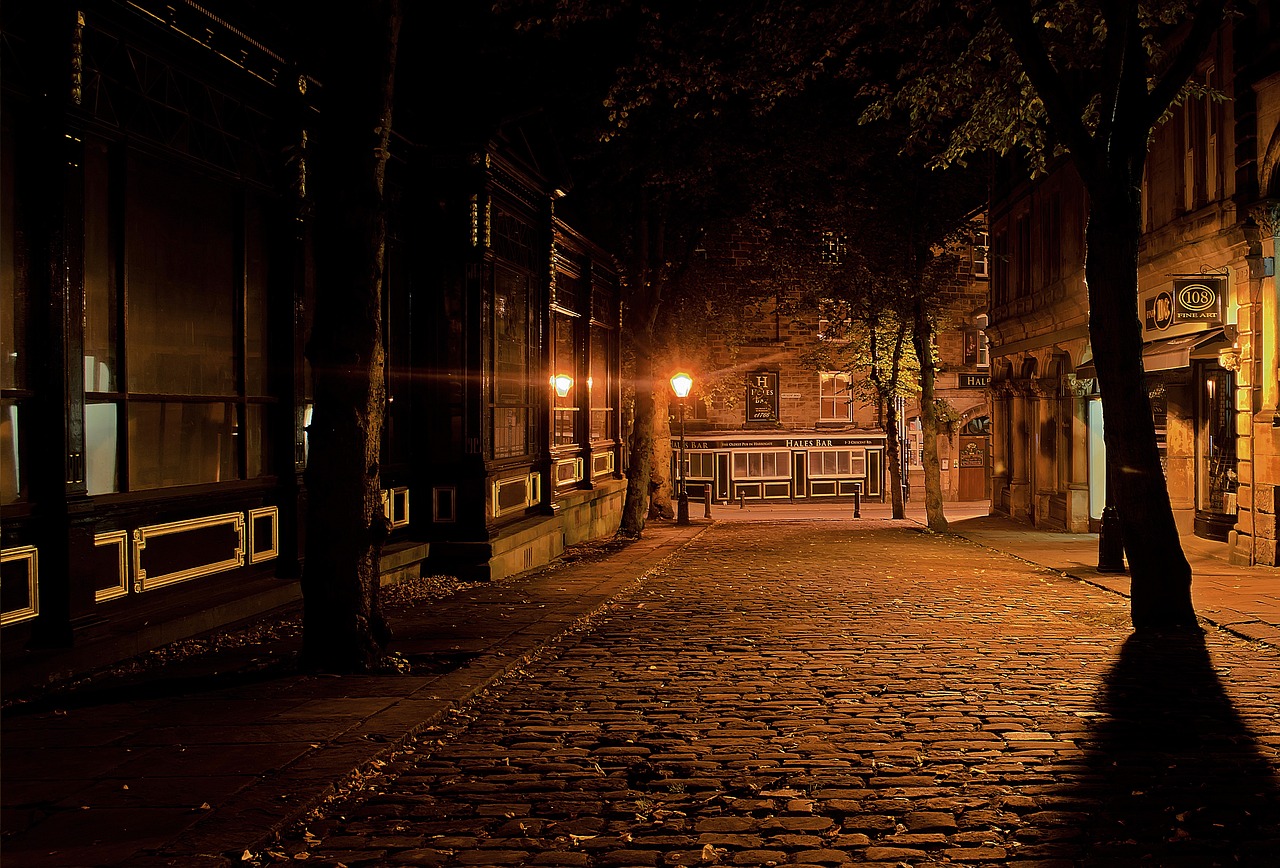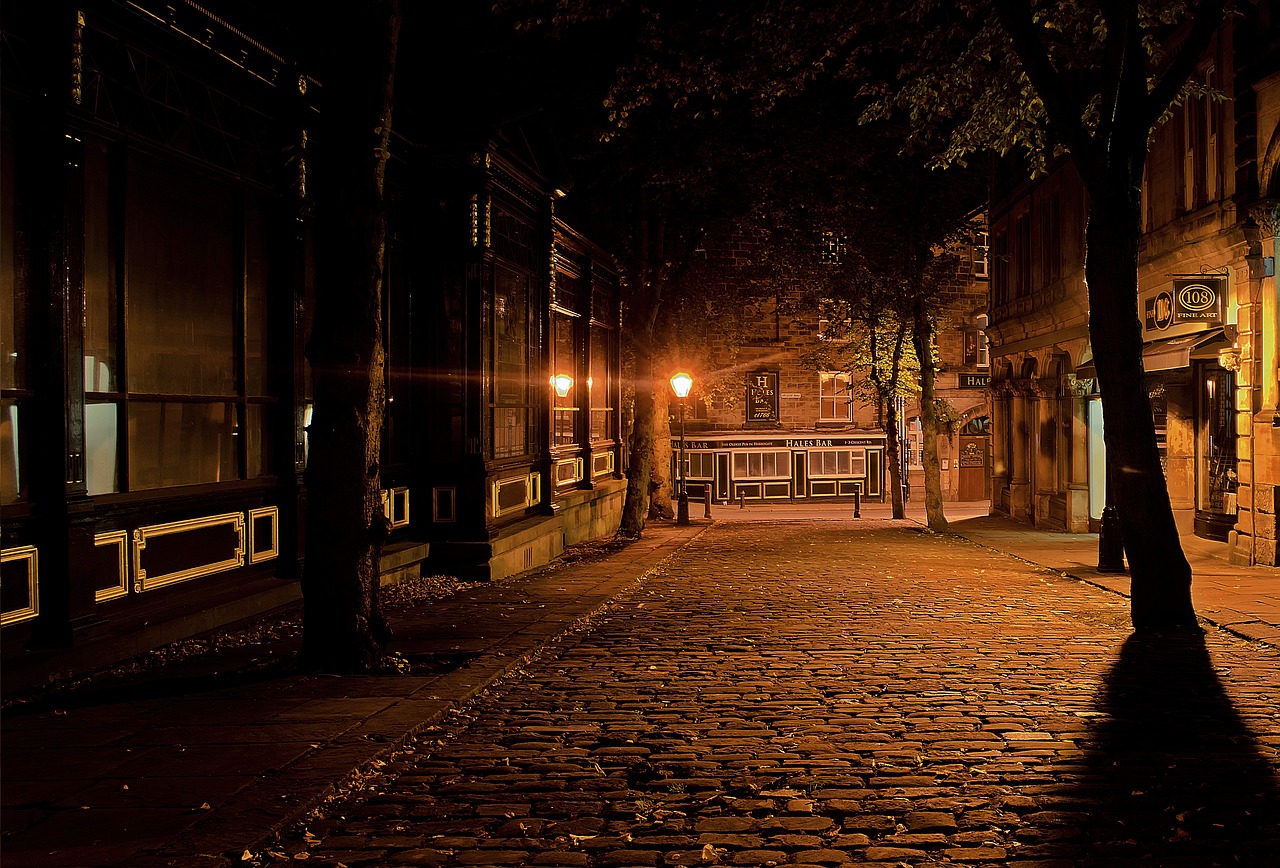Delhi's Red Fort: Mughal Majesty Amidst the Capital
travel | 3 minutes read | 9 months ago

Discovering the Magnificence of Delhi's Red Fort
As you wander through the bustling streets of Old Delhi, you can't help but be captivated by the grandeur of the Red Fort. This iconic landmark stands as a testament to the might and splendor of the Mughal Empire, serving as a reminder of India's rich history and cultural heritage.
Constructed in 1639 by the Mughal emperor Shah Jahan, the Red Fort served as the seat of the Mughal power for over 200 years. Its imposing red sandstone walls, spanning over 2.5 kilometers, enclose an array of palaces, gardens, and pavilions, each bearing witness to the opulence and architectural prowess of the Mughal era.
A Glimpse into Mughal Opulence
Stepping through the Lahori Gate, one is immediately transported back to the grandeur of the Mughal court. The Chatta Chowk, or Covered Bazaar, welcomes visitors with its intricate arched ceilings and vibrant stalls, reminiscent of the bustling markets that once lined the fortress's pathways.
As you make your way towards the Diwan-i-Aam, or Hall of Public Audience, you can't help but marvel at the intricate carvings and delicate marble inlays that adorn its walls. This majestic hall once played host to the emperor as he held court, addressing the grievances of his subjects and dispensing justice.

The Diwan-i-Khas, or Hall of Private Audience, beckons with its gilded pillars and ornate ceiling, a testament to the emperor's private audience with dignitaries and nobles. The Peacock Throne, which once adorned this opulent chamber, is said to have been adorned with precious gems and enamels, reflecting the splendor of the Mughal dynasty.
Exploring Mughal Gardens and Beyond
As you wander through the sprawling gardens of the Red Fort, you can't help but be enchanted by the lush greenery and symmetrical waterways that once provided respite for the Mughal royalty. The Nahr-i-Behisht, or Stream of Paradise, meanders through the gardens, evoking a sense of serenity and tranquility amidst the bustling capital.
The stunning architecture of the Hayat Bakhsh Bagh, or Life-Bestowing Garden, offers a glimpse into the Mughal appreciation for symmetry and natural beauty. The marble pavilions and ornate water channels create a sense of harmony and balance, allowing visitors to immerse themselves in the timeless elegance of Mughal design.

As you make your way towards the Rang Mahal, or Palace of Colors, you are met with a riot of vibrant hues and intricate frescoes that once adorned the chambers of the Mughal royal ladies. The delicately painted ceilings and mirrored alcoves offer a glimpse into the opulent lifestyle of the Mughal women, showcasing their love for beauty and artistry.
As you conclude your visit to the Red Fort, take a moment to soak in the majesty of the iconic Lahore Gate, with its imposing red sandstone facade and intricate carvings. This gateway, which once served as the main entrance to the fortress, stands as a testament to the architectural prowess and grandeur of the Mughal era.
With its rich history and breathtaking architecture, the Red Fort offers visitors a chance to immerse themselves in the timeless grandeur of the Mughal Empire. As you wander through its palaces, gardens, and pavilions, you can't help but be captivated by the opulence and majesty that once defined the Mughal court, making it a must-see destination for anyone visiting Delhi.


